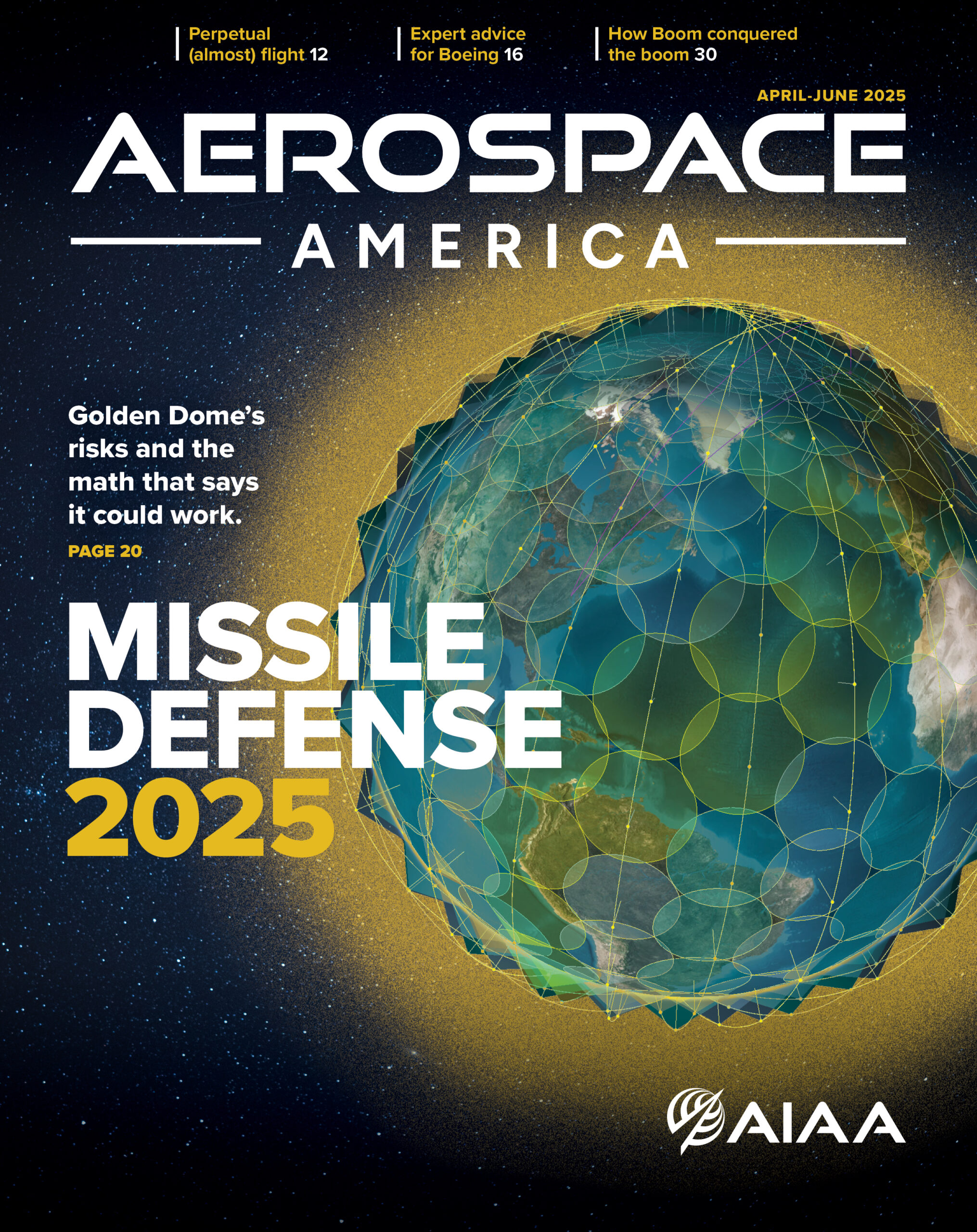As the world’s preeminent aerospace power for more than a century, America’s national security, economic prosperity, and public safety are directly tied to continued investment in our sector. Public and private capital spur technological development, develop engineering talent, and power critical scientific missions.
Our AIAA community includes the leading commercial companies, government agencies, nonprofits, and universities whose purpose-driven pursuits have broken barriers over the decades—including the sound barrier and the bounds of Earth’s gravity—propelling humanity into the atmosphere and beyond the Kármán line. Collectively, we push the boundaries of what we can do in aerospace.
Our continued success in achieving great things depends on a strong workforce, cutting-edge research, and stable strategic investments in technology. Maintaining global leadership requires unwavering commitment from the government, as well as perseverance from industry and academia. We work with allies, partners, and customers around the globe. We enable safe and affordable travel. And we help the world to navigate, communicate, and investigate for the benefit of humanity.
The aviation, space, and defense sectors comprise over 2.21 million aerospace professionals generating over $900 billion a year in sales (aia-aerospace.org/industry-impact, Tracking State Data). Institute members are the brightest minds in aerospace from industry, government, and academic institutions. Their expertise and experience have led to groundbreaking research, unrivaled safety, unprecedented discoveries, and unique commercial products and services that power the global economy.
We’ve already witnessed several examples of aerospace leadership this year. These feats are built upon the deep technical foundation of aerospace leadership during the first 100 years of our Institute.
- Boom Supersonic’s demonstrator aircraft, XB-1, successfully broke the sound barrier three times during its first supersonic flight on 28 January. XB-1 is the world’s first independently developed supersonic jet, and the first civil supersonic jet designed and built in America.
- Two commercial companies put spacecraft on the south pole region of the moon in one week – Firefly Aerospace landed Blue Ghost on 2 March and Intuitive Machines landed Athena on 6 March. Both missions are part of NASA’s Commercial Lunar Payload Services (CLPS) program with industry to move toward the broader goal of returning humans to the lunar surface.
- The U.S. Space Force landed its reusable X-37B spaceplane at Vandenberg Space Force Base, California, on 6 March, after orbiting Earth for more than a year. This seventh mission of the secretive vehicle tested space domain awareness technology experiments and sent back a striking view of Earth in the program’s first released on-orbit photo.
- Blue Origin debuted its reusable heavy-lift space launch vehicle, New Glenn, reaching orbit on 16 January. New Glenn is unmatched with its heavy-lift volume in its large payload fairing, enabling freedom of design for satellite operators, customers, and government space agencies when the vehicle becomes commercially available.
In a recent message to members, AIAA President Dan Hastings shared how the Board of Trustees and headquarters staff are closely monitoring changes in government investment and actively working to chart a course of action and education with key decision makers in this rapidly evolving space. For our members who have been directly impacted by the recent government cuts, we also are opening new channels and resources to support you.
As the world’s premier aerospace society, we have reached out to other professional engineering societies and industry organizations to join us in advocating for continued federal funding for the aerospace and defense sectors. It’s more important than ever for the Institute to work with Congress and the administration to advance these priorities. We are known for our credibility when representing the voice of technical excellence in aerospace. It is our obligation to speak on behalf of our membership to ensure lawmakers understand the impact of aerospace on our way of life.
Our commitment to supporting aerospace professionals remains steadfast as we navigate this rapidly evolving space and position the Institute for its next century of progress. The remarkable aerospace achievements across defense, aviation, and space in just the past few months demonstrate the importance of what we do to shape the future.




